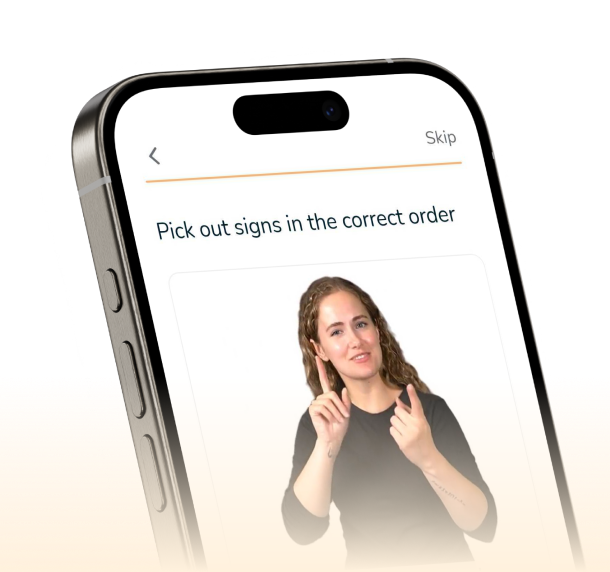What Is VRS? How Deaf callers connect in a hearing world
VRS lets Deaf people make phone calls in ASL using a live video interpreter. It’s free, available 24/7, and makes conversations with hearing people smooth!

Video Relay Service (VRS) allows Deaf and Hard-of-hearing people to make phone calls using ASL and a video interpreter. It’s free, available 24/7, and used to call anyone—from friends to doctors to 911. The interpreter voices what’s signed and signs what’s spoken, but you always talk directly to the Deaf person. It’s private, easy to use, and essential for equal communication access.
Have you ever wondered:
“How do Deaf people make phone calls?”
It’s a great question—and the answer might surprise you! It’s not texting. Not email.
It’s called Video Relay Service, or VRS—a powerful and visual way for Deaf people to connect with hearing people using American Sign Language (ASL).
💬 What is VRS?
VRS lets a Deaf person call a hearing person by signing in ASL.
A certified interpreter appears on-screen and interprets the conversation live, in both directions:
👤 Deaf person signs ➡️ interpreter speaks to hearing person
👂 Hearing person speaks ➡️ interpreter signs back in ASL
It’s like having a built-in language bridge, making real-time conversations smooth, expressive, and accessible. 🤝💙
🕐 When can you use VRS?
Any time. Any day. Any conversation. VRS is available 24/7, and it’s free to use for people who use ASL.
Need to call your:
📱 Friend or family member
🏥 Doctor or therapist
💼 Employer
🏦 Bank or insurance company
🐾 Vet
🚨 911 in an emergency
You can do it all through VRS. All you need is a videophone, or an app that turns your phone into one!
📹 What’s a videophone?
A videophone is a device Deaf people use to make VRS calls in ASL.
It looks like a regular phone—but with a screen and a camera! 📞💻
Deaf callers use it to sign directly to an interpreter, who then connects them to a hearing person.
Videophones are designed to be fast, clear, and hands-free—so conversations in ASL feel natural and easy. 🙌
Most VRS providers offer videophones for free to registered users, and some apps let you turn your smartphone or tablet into a videophone too! 📱✨
🔒 Is a VRS conversation private?
Yes. 100%. ✅
Interpreters are bound by law to keep all conversations confidential.
They cannot share, record, or talk about anything said on a call—ever.
VRS interpreters are also specially trained to handle sensitive calls with professionalism, respect, and care.
💸 How much does it cost?
VRS is completely free for Deaf, hard-of-hearing, DeafBlind people or anyone with a speech disabilities who uses ASL.
VRS is funded by the Telecommunications Relay Services (TRS) Fund, overseen by the FCC (Federal Communications Commission).
All you need to do is register with a licensed VRS provider. They’ll help you get started—and yes, they can help with the tech too! 📲💻
👀 How to interact with a Deaf person using VRS
When you’re on a VRS call, you might see the interpreter on screen—but remember:
you’re talking to the Deaf person, not the interpreter. 🤝
Here’s how to make the call feel natural and respectful:
🗣️ Speak directly to the Deaf person, not about them.
Say “How are you?” not “How is she?”
👀 Look at the camera or screen as if you’re talking to the Deaf person (not the interpreter).
🧏♀️ Use normal tone and pacing. The interpreter will keep up and pause if needed. No need to slow way down.
🙅♀️ Don’t ask the interpreter personal questions. They’re just the voice—not part of the conversation.
The interpreter is simply the bridge. Stay focused on the person you’re really connecting with—and you’ll do great. 💙
🌎 Why VRS matters
VRS isn’t just a technology—it’s access.
It’s freedom, safety, connection, and equal opportunity.
Whether you’re Deaf or hearing, knowing how VRS works helps create a more inclusive world.
Start Learning ASL Today
Start your ASL learning journey today! Download the ASL Bloom app and take the first step toward learning American Sign Language.

Start Learning ASL Today
Start your ASL learning journey today! Download the ASL Bloom app and take the first step toward learning American Sign Language.
.webp)


.png)